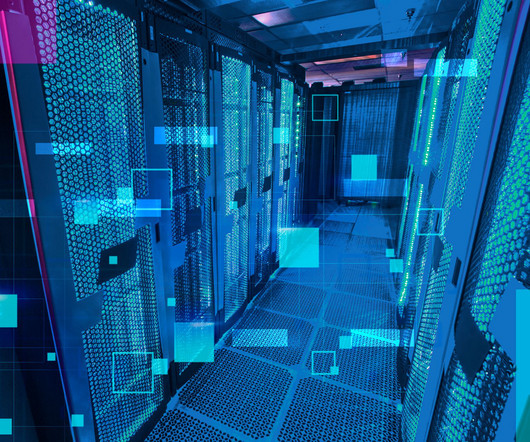Why Human Input Is Still Vital to Cybersecurity Tech
SecureWorld News
APRIL 17, 2022
It was once the case that cybersecurity technology consisted of little more than a firewall and antivirus software. One of the first was the storage of passwords by internet browsers. It can certainly be said that advances in technology have had a huge impact on cybersecurity in recent years. Are humans still needed in cybersecurity?














Let's personalize your content